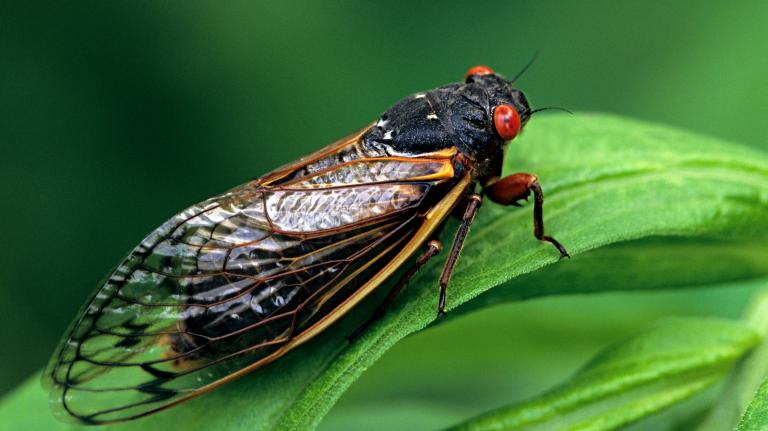Here are a few things you do with a prickly pear cactus: Get poked. Turn its fruit into jam. Use it to clean up dangerous concentrations of selenium in arid California lands.
In California’s San Joaquin Valley, a long history of artificial irrigation has impregnated the soil with selenium. In small quantities, selenium is beneficial to humans and animals — essential, even. In larger quantities, it’s toxic.
Prickly pear cacti, though, can thrive in these soils, even though irrigation has also made the soil and water dangerously salty. Prickly pears, the honey badger of plants, don’t care — they’ll drink briny water and slurp selenium right out of the soil without batting a spiny eye. So farmers are planting it in order to slowly, gently restore the soil to a state of not sucking.
Since cacti are apparently miracle plants, they absorb selenium slowly enough that they do not become poisonous to birds and animals. And selenium-infused cacti might even benefit countries with the opposite problem, where people don’t get enough selenium in their diets. Everyone wins.


